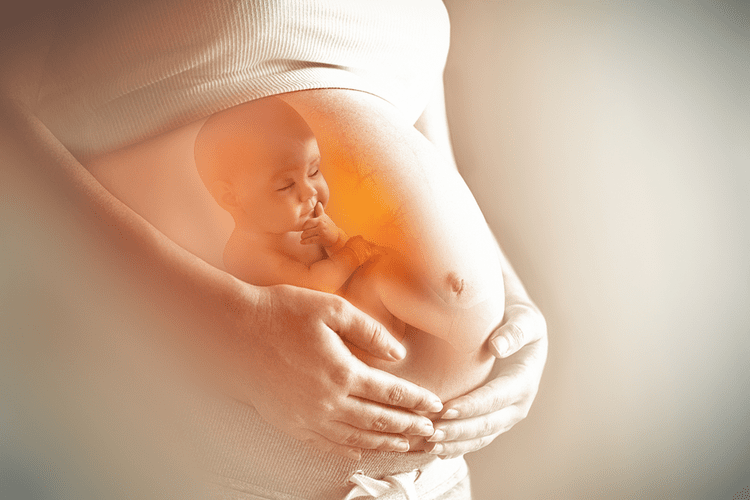Some women that drink alcohol during pregnancy prefer wine as they believe it to be less harmful to the fetus, although this is not proved by research. Ethanol is a type of alcohol that is found in alcoholic beverages like beer, wine, and liquor. When ethanol is consumed, it is absorbed into the bloodstream and eventually makes its way to the is wine addictive brain. Once in the brain, ethanol binds to dopamine receptors and causes a release of dopamine. Dopamine is a neurotransmitter that helps control the pleasure and reward centers of the brain. It is released in response to pleasurable activities, like eating or sex, or drinking wine, and helps reinforce behaviors that lead to those activities.
Alcohol and congeners both also increase inflammation in the body, which contributes to malaise — the icky feeling you get when you’re tired and just don’t feel well. You get off at midnight, you’re wired, then you go out with a bunch of people who are in the business because of the flexibility and the transient nature of restaurant work. There’s a lot more professionalism now and a lot more structure, especially in the best restaurants.
Signs that Your Wine Habit is Becoming a Real Addiction
Binge drinking is defined as four or more drinks per occasion for women, and five or more drinks per occasion for men. If you don’t drink alcohol, don’t start because of potential health benefits. However, if you drink a light to moderate amount and you’re healthy, you can probably continue as long as you drink responsibly. Be sure to check with your doctor about what’s right for your health and safety. Any potential benefits of alcohol are relatively small and may not apply to all individuals.
- Grapes have high levels of polyphenols, which are antioxidants that have been shown to reduce oxidative stress and inflammation (6).
- Research about the benefits and risks of moderate drinking is ongoing.
That’s not by coming up with something that didn’t already exist. That’s by providing medications that have been available in this country for years. And when you pan out you just see a sea of your favorite colors and you see all of those cheering faces and shouting faces.
Individualized, evidence based treatment, to fit your needs.
The alcohol content of wine, or its concentration of alcohol, can affect its strength, the effects of alcohol on the body, and the recommended serving size. The type of wine you drink, how fast you drink it, and the effect you expect from your vino are just some of the things that influence how you ~think~ wine makes you feel. In the end — or rather, in the body — intoxication works the same way whether you’re sipping wine, cocktails, or beer. If you want to avoid a wine hangover, stick to clear drinks like vodka, which contain almost no congeners. If you’d rather not break up with wine, swapping red for white wine can help, since white wine has lower concentrations of these chemicals.
A person who drinks two glasses of wine in an hour is legally drunk unless he or she weighs more than 250 pounds. For the same effect with beer, you’d need to consume three to four of them in an hour. You’re in an hour and only have a few minutes to spare, so concentrate on your drinking in order to get that much beer down. A couple of glasses of wine will suffice to get you to a blood alcohol content (BAC) of 0.08. Men typically require three glasses of average ABV wine to be drunk in an hour, whereas women only require two. Alcohol can be harmful in excess, but moderation can help to reduce some of its effects.
Can a Person Be Addicted to Just Wine or Beer?
And that means if you’re a person with use disorder, you might have to travel up to two hours one way to get your dose. State and federal regulations make methadone very difficult for doctors to prescribe and for patients with opioid use disorder to access. Methadone is a complicated medication and it does come with risks. But it has been FDA approved to treat addiction since the early 1970s.
This is a question that has sparked debates among wine enthusiasts, researchers, and health professionals for years. As a wine lover myself, I have often wondered about the addictive nature of this beloved beverage. In this article, I will explore the science behind wine addiction, share personal insights, and provide a well-rounded perspective on this intriguing topic. A standard drink is equivalent to a 5-ounce glass of wine that contains 12 percent alcohol by volume (ABV).
Physical and Psychological Addiction to Alcohol
Moderate consumption may have health benefits and these often directly contradict the negative health effects of drinking. For instance, in moderation, red wine can actually support weight loss and maintenance because of the effect of antioxidants on fat. Alcohol has a lot of calories without providing much nutrition and tends to stimulate the appetite. Someone who is drinking is likely to eat more and gets excess calories from the alcohol.
- Listen to relatives, friends or co-workers when they ask you to examine your drinking habits or to seek help.
- If you have any concern that our content is inaccurate or it should be updated, please let our team know at [email protected].
- Wine withdrawal must be addressed immediately to prevent the symptoms from getting worse the body from sustaining more damage.
- In fact, the latest dietary guidelines make it clear that no one should begin drinking alcohol or drink more often on the basis of potential health benefits.
- Also with this level of consumption, you are stimulating your appetite with the alcohol, and so you get the ‘munchies,’ and you end up eating a lot more than you normally would.




